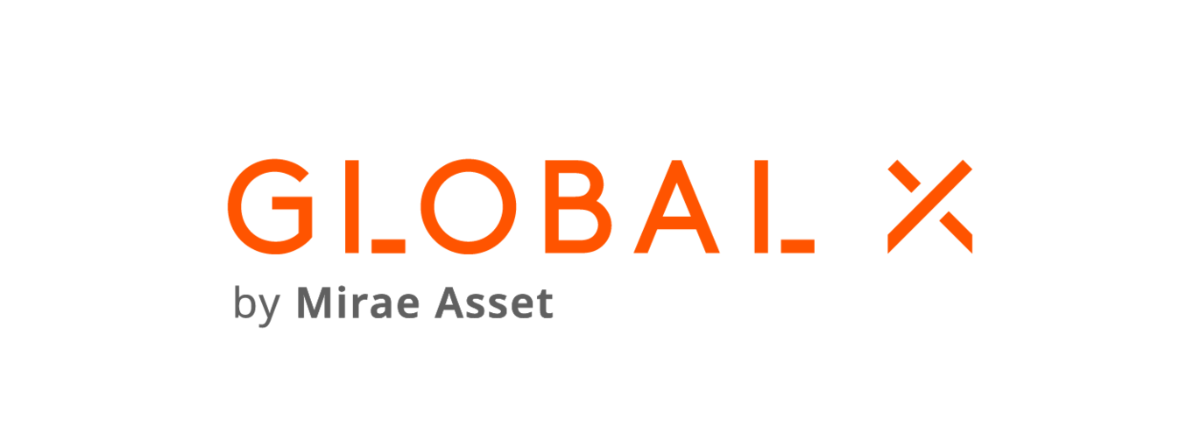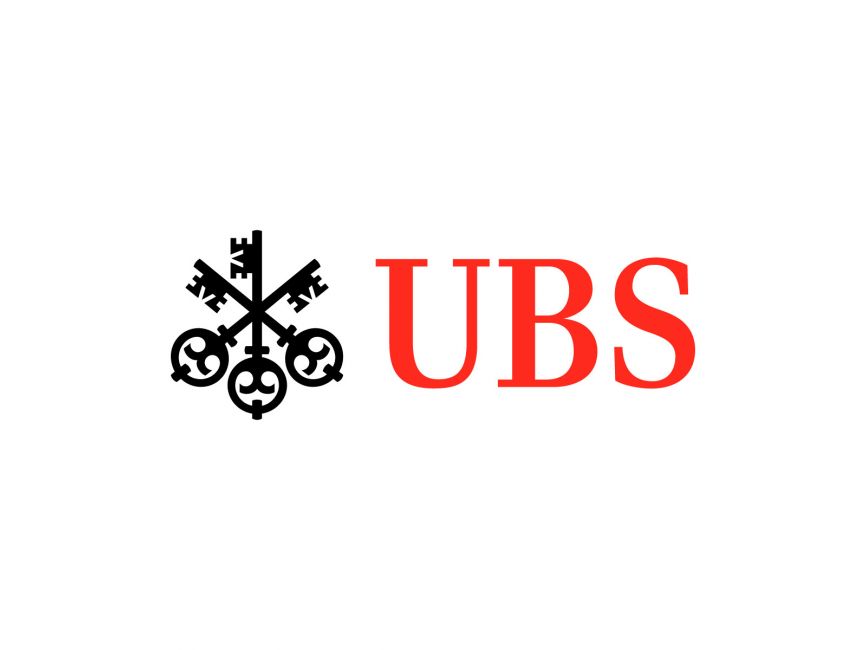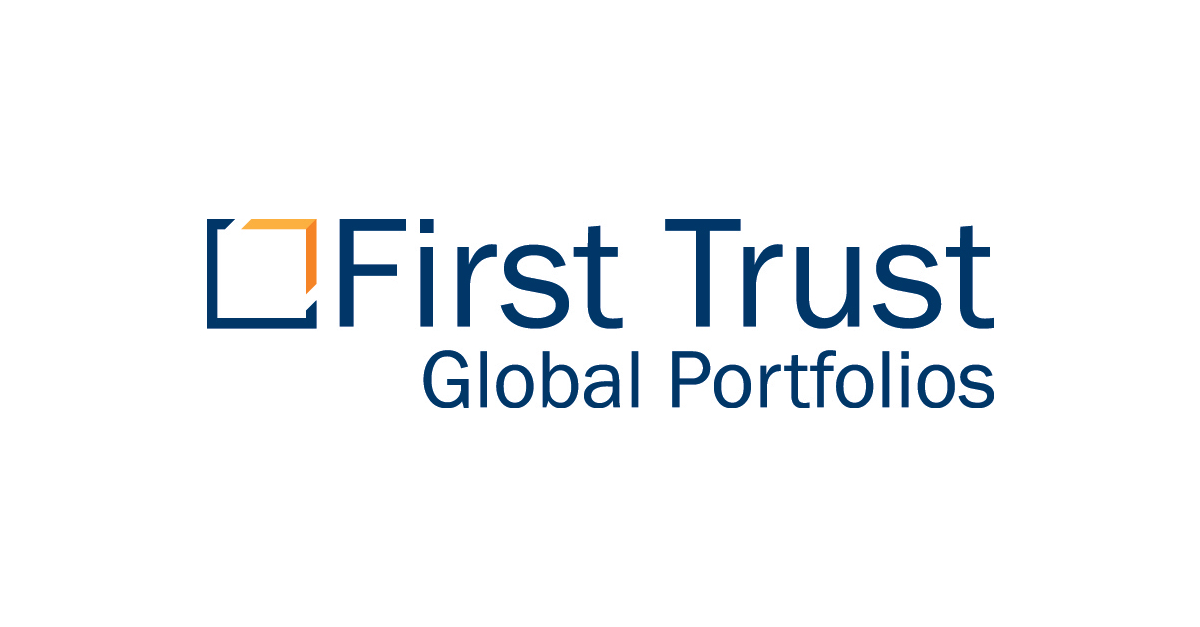Options-based ETFs have established themselves as a popular trade among investors in the US due to their play as a volatility hedge in portfolios.
Their ability to generate income has proved popular during the post-COVID-19 volatility when fixed income failed to defend portfolios amid high correlations to equities.
In theory, these strategies give investors protection on the downside while enabling them to participate on the upside, although this is usually capped.
Recent market highs and the return of bonds as a yield-generating instrument have dampened demand for such strategies, but not before a selection of ETFs found their way to Europe.
Over the past 18 months, Global X, First Trust and JP Morgan Asset Management have all launched options-based ETFs in a variety of flavours, including covered call, buffer and tail-hedged strategies.
The ETFs have important nuances for investors to understand with factors such as timing and cost key considerations when selecting an options-based ETF.
Covered call ETFs
Covered call ETFs aim to deliver a consistent income by investing in a portfolio of stocks and selling call options on a portion of those stocks.
The call option gives the buyers the right to buy the underlying stock at a specific price – known as a strike price – on or before a certain date. In exchange for selling the call option, the ETF receives a premium.
If the underlying stock does not reach the strike price by the agreed date the call option will expire worthless while the ETF keeps the premium.
If the underlying stock hits the strike price, the ETF will sell the stock at the approved price and will still keep the premium as income.
However, should the price of the underlying stock significantly increase before the deadline investors could miss out on any additional gains.
One of the first covered call ETFs to launch in Europe was the UBS ETF US Equity Defensive Covered Call SF UCITS ETF (SPXCC) and the UBS ETF Euro Equity Defensive Covered Call SF UCITS ETF (E50CC) in August 2020.
This was followed by the Global X Nasdaq 100 Covered Call UCITS ETF (QYLD) in November 2022 and the Global X S&P 500 Covered Call UCITS ETF (XYLU) in July last year.
A slightly different take on the strategy, JPMAM launched the active JPM Global Equity Premium Income UCITS ETF (JEPG) last December.
Despite covering different equity markets, JEPG could be considered a more consistent strategy, aiming to deliver an income of 7-9% a year with less volatility than its benchmark, the MSCI World index.
Global X and JPMAM’s ETFs have a one-month duration, however, JEPG ladders its call options by 20% each week in a bid to generate more upside.
Tax considerations should also be taken into account. Depending on the jurisdiction, premiums could be considered as income tax, often charged at a higher rate than capital gains tax.
Investors may also want to consider UBS AM’s range of covered call ETFs. However, the Swiss issuer's offering have failed to gather much assets, despite offering a lower headline fee and strong performance versus their peers.
Chart 1: Covered call ETFs listed in Europe
Ticker | ETF | YTD return | AUM | TER |
|---|---|---|---|---|
QYLD | 4.1% | $94.2m | 0.45% | |
XYLU | 3.5% | $13.4m | 0.45% | |
JEPG | 2.6% | $51m | 0.35% | |
SPXPW | 2.1% | $20m | 0.29% | |
SPXCC | 8% | $13m | 0.29% | |
E50PW | 8.9% | $33m | 0.26% | |
E50CC | 9.9% | $7m | 0.26% |
Buffer ETFs
Buffer ETFs – also known as defined outcome ETFs – work in a slightly different way to covered call strategies and aim to offer investors a pre-defined set of outcomes over a defined period.
Modelled after pricier structured products, key to the protection they offer is the life cycles of the ETFs. These are typically 12 months, with the options expiring monthly or quarterly.
For example, a buffer ETF with a lifecycle from 1 March 2024 to 28 February 2025 could aim to limit the losses over the period to 10%, capping the upside at 15%.
Timing an investment over that lifecycle is imperative for investors. For fund selectors to get the most out of buffer ETFs they must invest right at the beginning of the roll period to access the full potential upside.
Even if the market has not moved below or past the cap, any market movements will alter the potential outcome of the ETF if it is purchased beyond the start date.
This is the natural feature of the options contracts underlying the ETFs and came to the fore earlier this year when Global X’s product range appeared to dislocate from the defined outcomes advertised.
Some issuers are addressing this by offering laddered products, allowing more flexibility for investors to exit and enter the products. First Trust, one of the largest providers in the space, offers this in the US but has yet to add to its European ETF suite.
Buffer ETFs tend to be more expensive than other options-based strategies and also carry different risks.
The strategy is complex and investors will have to familiarise themselves with the product’s mechanics.
Chart 2: Buffer and tail-hedged ETFs listed in Europe
Ticker | ETF | YTD return | AUM | TER |
|---|---|---|---|---|
SPAB | 4.3% | $1.3m | 0.50% | |
SPQB | 2.9% | $88.9m | 0.50% | |
GAUG | First Trust Cboe Vest U.S. Equity Moderate Buffer UCITS ETF – August | 2.3% | $1.1m | 0.85% |
GNOV | First Trust Cboe Vest U.S. Equity Moderate Buffer UCITS ETF – November | 3.8% | $12.5m | 0.85% |
GFEB | First Trust Cboe Vest U.S. Equity Moderate Buffer UCITS ETF – February | - | - | 0.85% |
SPAH | 3.9% | $1.3m | 0.50% | |
SPQH | 3.2% | $1.8m | 0.50% |
Another subset of defined outcome products is tail-hedged ETFs. These are designed to protect portfolios following tail events, significant market sell-offs such as the Global Financial Crisis and the pandemic-induced decline of 2020.
For example, in the event the S&P 500 experienced a 35% sell-off, SPAH would limit the losses to 5% and protect against the other 30%.
It does this by buying out-of-the-money options with a lower strike price, meaning it will only offer protection once the market falls below the strike price from the time the investor enters the contract.
Investors must consider the premium cost of the recurring purchases of protective options, which means the ETFs will likely underperform during upward and sideways markets.
Selecting a strategy
All of the options-based ETFs could be considered suitable for investors looking to hedge against volatility and generate income.
Selecting between a covered call, buffer or tail-hedged ETF can depend on the outcome investors want to achieve. The income-generating ability of covered call ETFs could act as an alternative source to high yield bonds via a defensive equity allocation.
While buffer ETFs' upside is also capped, if timed correctly they could generate more upside. Meanwhile, for those anticipating a black swan event or are concerned about bubble-like risks, tail-hedged ETFs could be the solution.
Ultimately, investors must also take a view on whether the capped upside is something they are willing to give away, or whether they might consider a low volatility ETF as an alternative equity hedge.
Highlighting this, the S&P 500 index is up 10.6% so far this year while the MSCI World index has risen 8.4%, as at 5 April.







